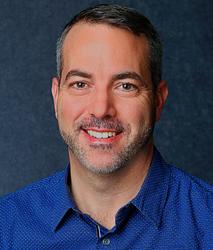
Settings by Normand Gouin of the entrance and communion antiphons for the Chrism Mass from the new Roman Missal were the winning entries in the 2015 Propers Composition Contest sponsored by the Conference of Roman Catholic Cathedral Musicians (CRCCM). Compositions were received from 25 contestants in North America and Europe.
The winning antiphons were performed at the annual meeting of the CRCCM, January 4–8, held at St. Joseph Cathedral, Hartford, Connecticut, and St. Michael the Archangel Cathedral, Springfield, Massachusetts. The contest prize of $1,500 was presented to Normand Gouin, who was present for the performance. The antiphon settings scored for congregation, choir, cantors, organ, and optional brass, timpani, and flute will be published by MorningStar Music. The judging panel consisted of Michael Batcho (Milwaukee), Marie Rubis Bauer (Omaha), Anthony DiCello (Cincinnati), Brian Gurley (Albany), and James Savage (Seattle).
Normand Gouin serves as an assistant chaplain and director of liturgy and music at the College of the Holy Cross in Worcester, Massachusetts. He has been commissioned to write works for cathedrals, churches, and religious communities throughout the country. Gouin’s hymn, “Sound the Bell of Holy Freedom,” written in collaboration with Rev. Andrew Ciferni, O. Praem, was selected as the official hymn for the World Meeting of Families and the first visit of Pope Francis to the United States. The hymn was performed at the Papal Mass in Philadelphia on September 27, 2015.

